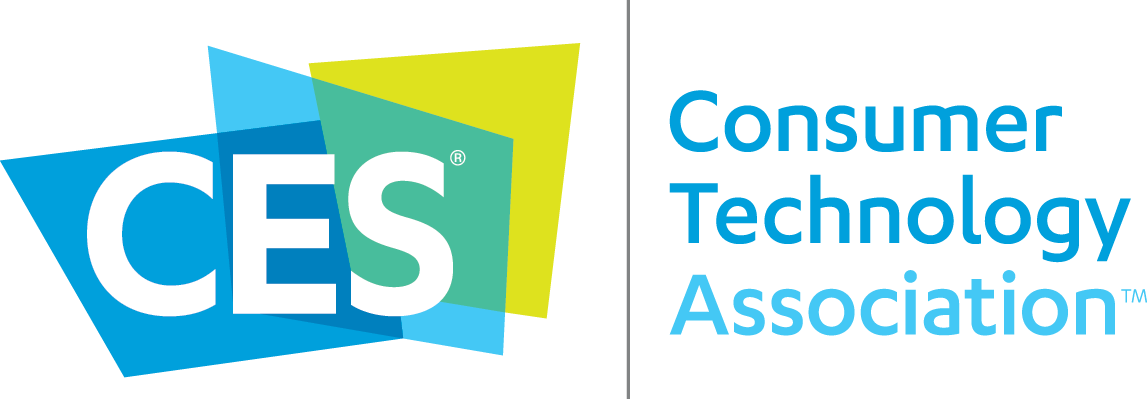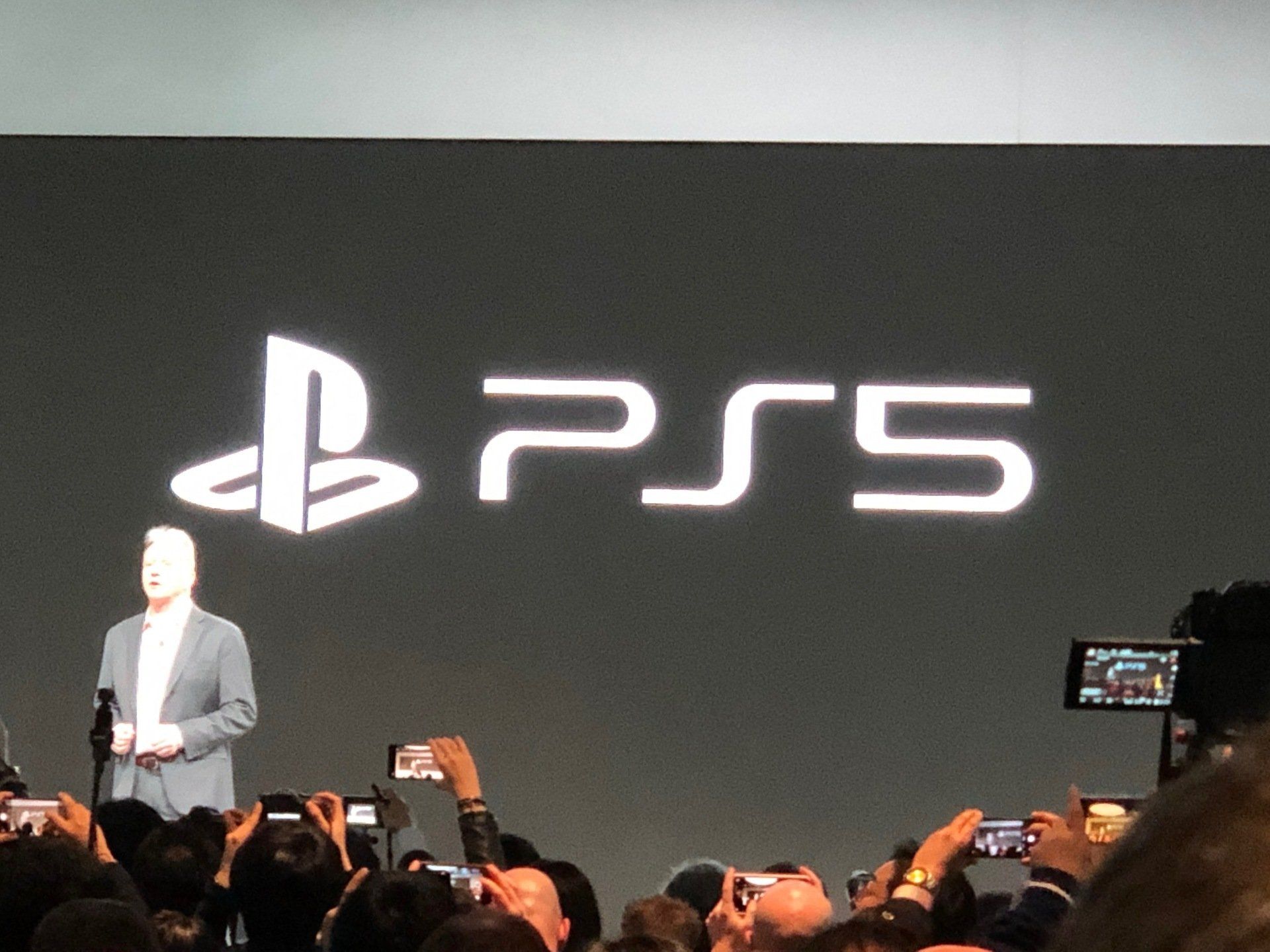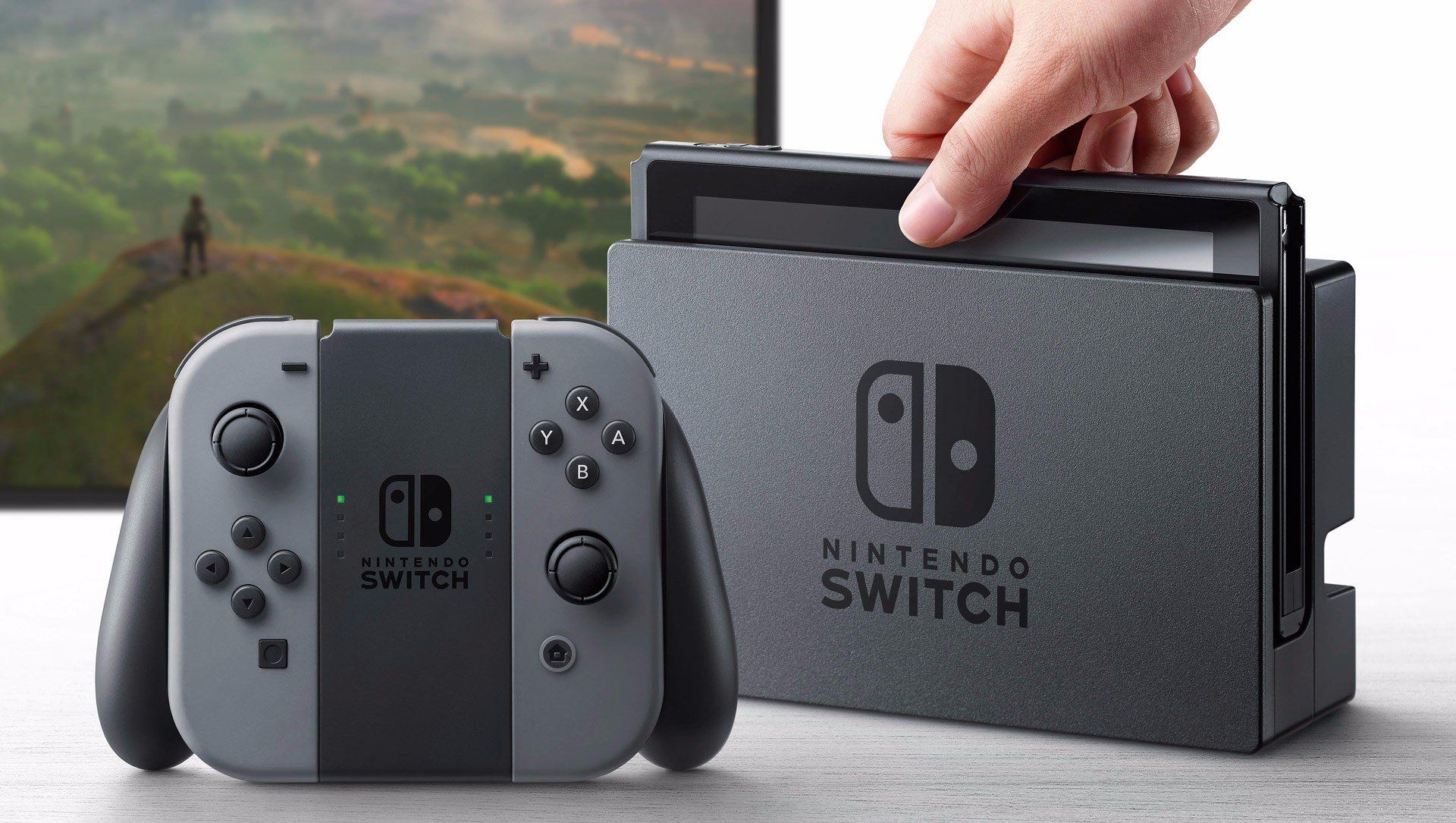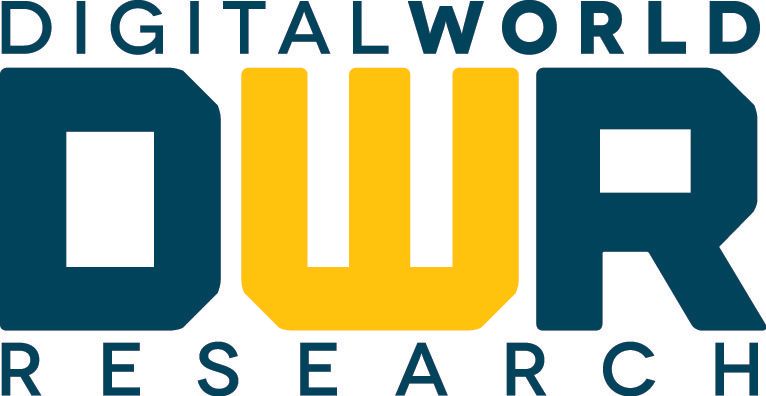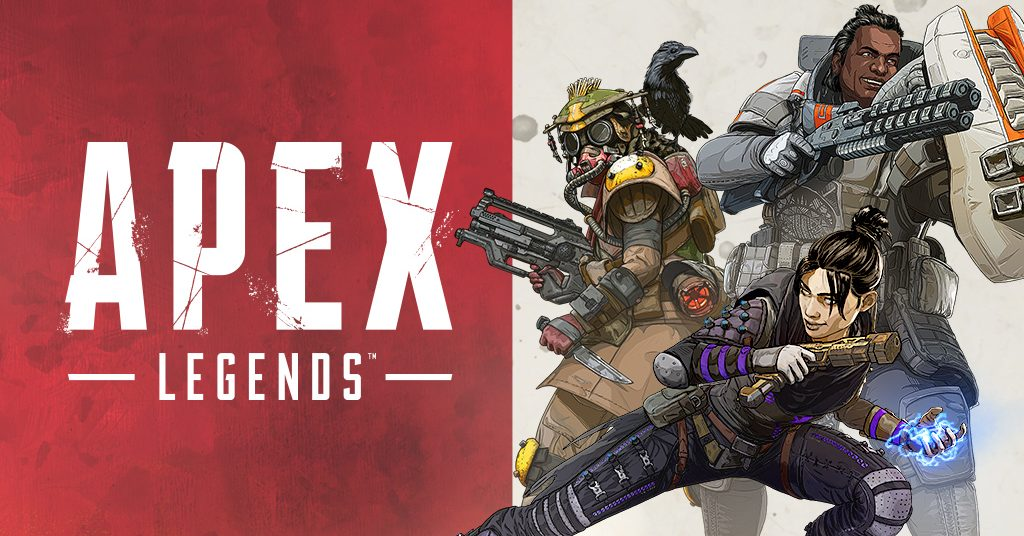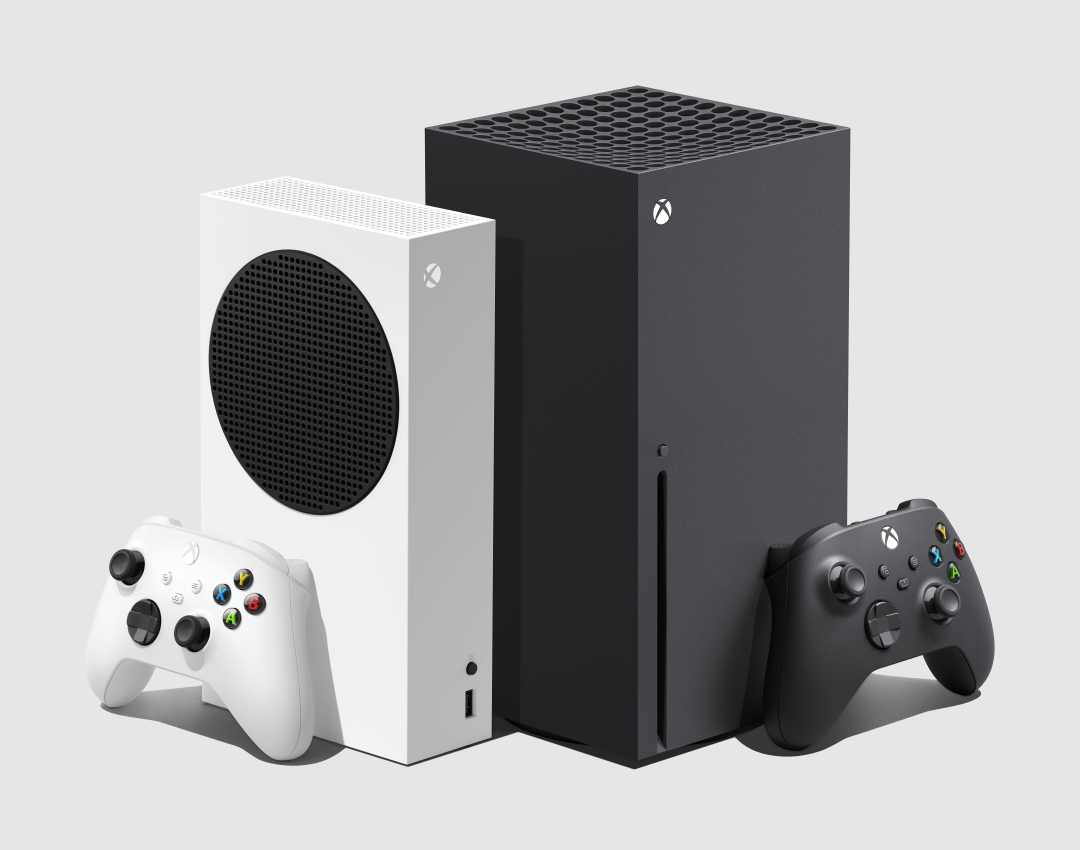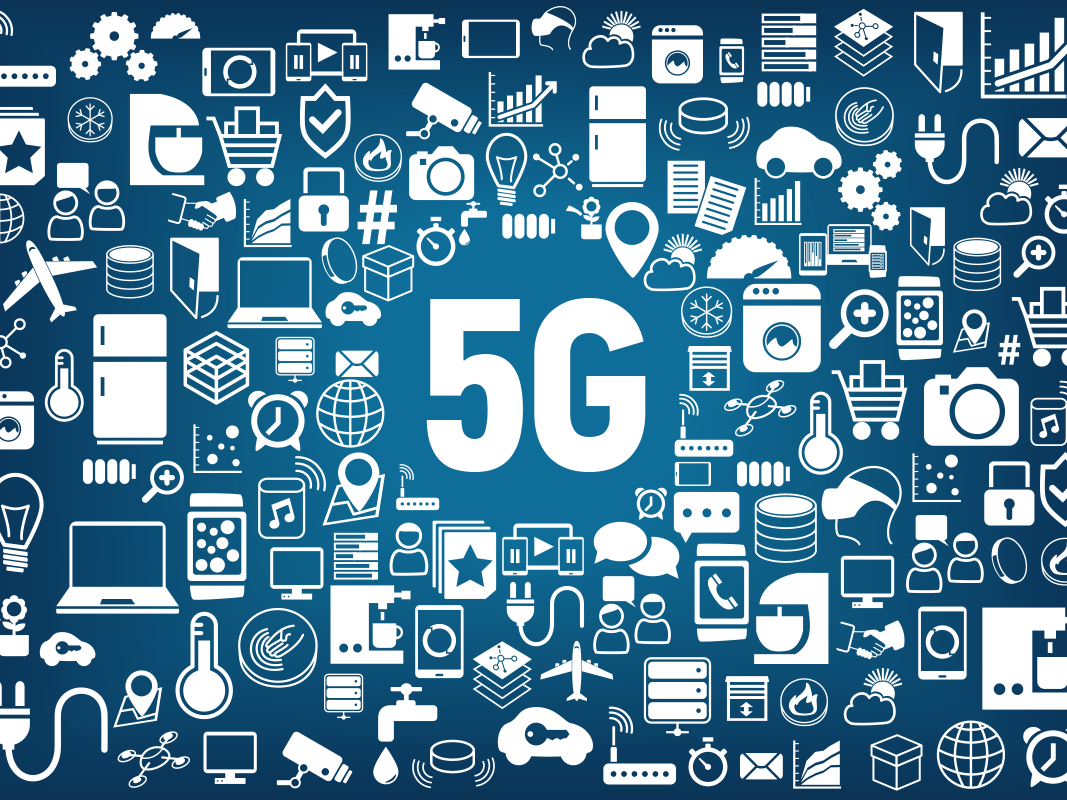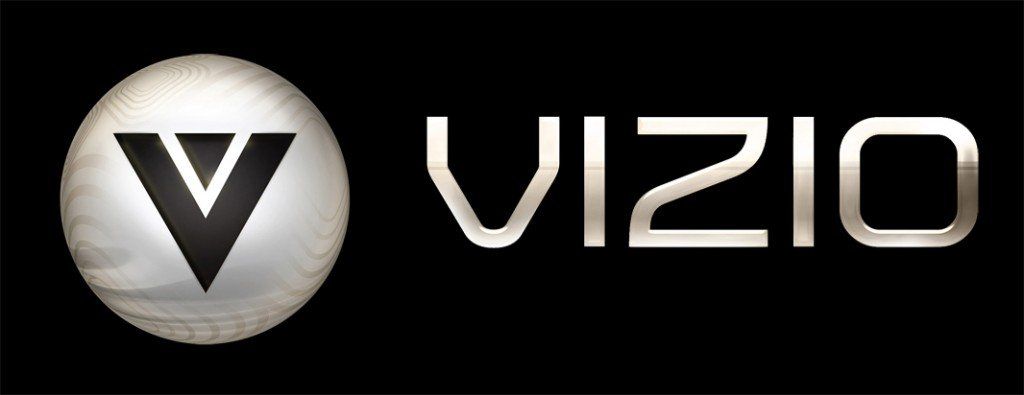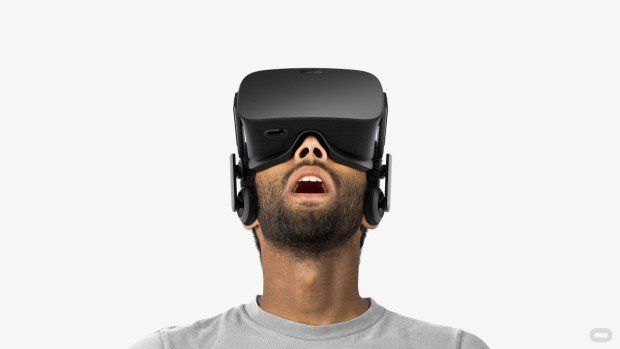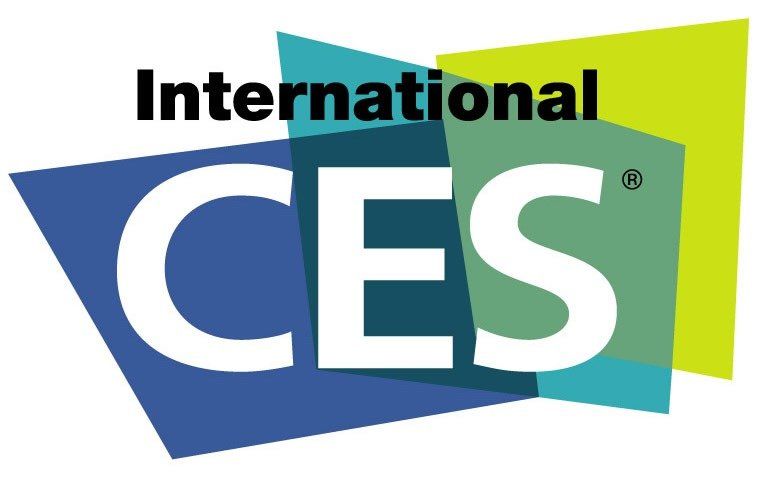Which Way Is the Video Game Industry Going? Subscription or F2P?
With a wave of new F2P games and the quiet, slow rise of subscriptions, consumers are faced with an array of choices. Which one wins?
Is F2P the future, or gaming subscriptions?
This is the conundrum, the future, the battle ground for the video game industry. As is typical of the historical video game console cycle, a winner must be declared at many points in time! Heading into the holidays! Who won the holidays! Who will win the next year! Who has the best lineup!
The art of the long view says that success and struggles are measured over a multi-year time period, which is typically in sync with the minimum amount of time to create a lasting IP that gamers love. However, these are different times. The explosion of success of F2P gaming on console and multiple platforms suggests that consumer loyalty to franchise or gaming business model may be fleeting – while consumption of other media such as TV, film or music may suggest that a subscription model may be the long-term direction for industry participants. Two things are clear: F2P gaming is here and likely to continue to iterate, while a consumer demographic of 18-to-30 year olds now see value in subscriptions and access to content over ownership. We will unbundle these threads below.
With PUBG, Fortnite and Apex Legends, It Is All About F2P!
So F2P gaming has finally reached consoles after breaking out on PC. And now on mobile – from phone to tablets. We have now witnessed a new business model that has transcended platform (with all due respect to Minecraft which was a trailblazer, when the business case made sense, cross-platform play. See exception: Sony). F2P is not a new business model for anyone who has followed 2D, 2.5D and 3D gaming PC (café) models from Asia over the past 20 years, but it is the first model to crack the model of the consoles from the historical $60 retail-packaged goods game with (more recently) digital add-ons.
So PUBG begat Fornite (with Minecraft sandbox-building elements) which begat Apex Legends (sans Minecraft sandbox-building elements but arguably some of the best-of elements of Offensive Combat, TitanFall, Overwatch, Rainbox Six, and Call of Duty ). The numbers are up and to the right. Apex has hit 25 million downloads in its first week and 50 million in its first month despite being available on only console and PC. While the growth rate has marginally slowed in the past month, to put the launch numbers in perspective, there are north of 120 million PS4s and Xbox Ones (only consoles it is available on), and an untapped market of 32 million Nintendo Switches (and growing). Minecraft, which has been out since 2009, has reportedly sold over 154 million copies through 2018 across virtually every platform on the planet (it was not all cross-platform at launch). Tetris, according to Wikipedia, is #1 all time. So, to repeat, Apex is at 50 million in a month on three platforms, while Minecraft is at least 154 million in 10 years. This must be the future for all video games?
Wait – It Is All About Subscriptions, Dummy!
DWR has conducted multiple anecdotal research studies on the 18-to-30 year old market over the past three years, and the overarching data suggests that this demographic does not value ownership of content but does value access to content. And, as subscription business models have evolved to be tailored to consumer needs, subscription numbers have grown. For example, DWR has seen the swing in accessing Pandora via the free ad-supported tier to paying for the ad-free, tailored subscription tier over the past three years.
Consumer feedback has shown that this demographic values frictionless access on multiple devices to a wide range of content at a reasonable price. It is a more contemporary version of consumers want what they want, when they want, where they want, on any device they want. While Spotify pricing is now at $5.99 - $14.99/month, other music services were as high as $19.99 (Tidal) a year ago.
Access to subscriptions in the video field has led to binging behavior, where consumers will roll through consuming/watching a TV series online, and then move on to another, and typically, another suggested (in this case, from Netflix) thanks to refined algorithms built by the service. The consumer is will to pay for the subscription because of the access to consume content, not unlike unlimited access plans to streaming music from services such as Spotify.
Taking the concept of ownership a step further, anecdotal date from DWR suggests that ownership of a car is waning, especially given the easy access to transportation services such as Uber and Lyft. Ownership is down – access is up.
Taking the concept yet one step further, anecdotal data from DWR also suggests that access to a new phone model from a company such as Apple is preferred to ownership – preferring to rent a phone for a multi-year contract vs. buying a phone at full price.
So what does this mean for video games?
It means that for a segment of the video gaming demographic, a subscription model is likely the next wave of popularity. So what does that model look like?
DWR anecdotal research specifically targeted at this question suggests paying $10/month for a year to play a game plus more similar games strikes a chord with the 18-to-30 year old demo. Access matters. There will always be a segment of the console gaming population that will prefer paying $60 for one game because of a deep enjoyment of the game, but the subscription model is not the DWR position to be cannibalistic.
So is the Xbox Game Pass the winning model? Not at this point, but Microsoft gets credit for acknowledging that the subscription model must a) always be growing in content beyond Microsoft 1st- and 2nd-party content, b) continue to expand platform accessibility, and c) must educate/introduce consumers to the value proposition of paying for a video gaming subscription. Microsoft is cutting its teeth to be ready when publishers are ready to strike deals to add their gaming IP behind a Microsoft firewall for consumers on multiple platforms to be able to access its content.
Will a subscription be right for all content? NO. Not every game design fits well into a subscription model, especially if it is architected for game features such as season passes or map packs, or even micro-transactions
Will a subscription be right for back catalog and some new content? YES. The historical library of console-based games, especially prior to the Xbox One/PS4 generation, were optimized for physical disc distribution, which means they would be candidates for library inclusions in a subscription offering. Moving forward, a subscription environment could continue to be the right business model for game types such as RPGs, one-player games, or puzzle games. Subscriptions in video games are not a one-size fits all solution.
So is every new game published going to be a F2P game? In the near term, YES to many games. Success begets copycat games, ripoffs, knockoffs, and genuine new flavors of current game. When any publisher or game developer hears about the great early success of Apex, or Fortnite, or PUBG, or Clash of Clans, or Clash Royale, or Bejeweled, or ...imitation will follow. There is typically an influx (sometimes oversaturation) of a game type, gamer fatigue follows, and the category becomes replaced the latest-and-greatest thing in game by the next “thing.” Gamers are fickle, and online stores such as the AppStore constantly rotate much of what they position as fresh and now. It is the brick-and-mortar equivalent of assortment and what goes on the end caps that get the most foot traffic (and eyeballs) walking past. The next big thing is pushed with the hope of driving revenue growth, and in the case of Apple, driving association of high-margin hardware with cutting-edge content. For now? The flow of F2P games is going to continue as consumers are driving Apex and PUBG numbers still up-and-to-the-right on charts.
So What Model Wins?
The reality is both. This is not a market share cannibalistic situation, and a F2P game will never work well behind a subscription pay wall. Think about the expanding demographic of video games. As a wise man once said about the video game space, “soon, you will be able to talk about playing video games with your grandparents, like you talked about going to the movies.” That day is coming, and there are now not only multiple generations of gamers but also expanding demographics of gamers, from casual to hard-core gamers. The pie is expanding, and it is not a winner-take-all business model approach.
The run of F2P gaming models in PUBG/Fortnite/Apex is slightly reminiscent of Friendster (2002)/MySpace(2003)/Facebook (2004), and Facebook planted anchors and grew. PUBG launched in March 2017, Fortnite Battle Royale in September 2017, and Apex Legends in February 2019. The role of social influencers such as Ninja and the ability of having Twitch influencers is a new world of acquiring users for the top of a funnel for a F2P model. This alone dims the comparison to the social media rise of 15 years ago.
For subscriptions to work, the top of funnel must continually be fed, and DWR believes that gaming companies are waking up to the reality of influencers through non-traditional channels such as Twitch streamers in addition to traditional brick-and-mortar such as GameStop employees.
F2P gaming publishers already get this – keep feeding the top of the funnel or the 1-day, 3-day, 5-day, 7-day, 14-day, 30-day conversion and comp models no longer work against the marketing spend channels. The price tag of having someone such as Ninja promote a game is going up daily.
At the same time, we are seeing experiments with subscriptions to match another slice of the marketshare. Not everyone wants to play a F2P game. Some consumers want a two-minute experience, or a five-minute experience, but not a 30-minute or 50-minute gaming session. Publishers are realizing they need to find ways to leverage their tremendous back catalog of content that likely best suited for a subscription pay wall, but which one?
The early subscription lessons from other media verticals that are being driven by consumer subscriber numbers include both video and music. In music, we have seen the movement away from free ad-supported streaming from a service such as Pandora to consumers paying for an ad-free Spotify subscription. As discussed above, Spotify has enough of the right content, is a frictionless experience, the right price point, and is available on enough devices. These are good attributes for a video game subscription service to emulate.
In the video space, we have seen a fractured approach beyond Netflix, which pursued an aggressive content aggregation strategy to drive subscriber growth. It was an independent aggregator – no financial ties to a movie studio – with a global vision. Recently, we have seen Disney extend efforts to drive its new Disney+, ESPN, and Hulu subscription efforts, while bring Fox under its tent. Will a vertical subscription offering (for example, with historical Disney IP, Marvel, Pixar and Star Wars content) work? The likely answer is that the offering will meet part of the segmented subscriber audience, as will Hulu, ESPN+, etc.
We have seen early subscription offerings from players such as Microsoft with XBox Game Pass, but as discussed before, it needs to rapidly grow its content library (Microsoft has deep pockets). It may take an independent third-party, ala Netflix, to unify content from competitors such as EA and ATVI under the same subscription big tent. Activision may ultimately move all of its content behind its own subscription paywall, or go the opposite way of write-once, publish everywhere. These are early days.
